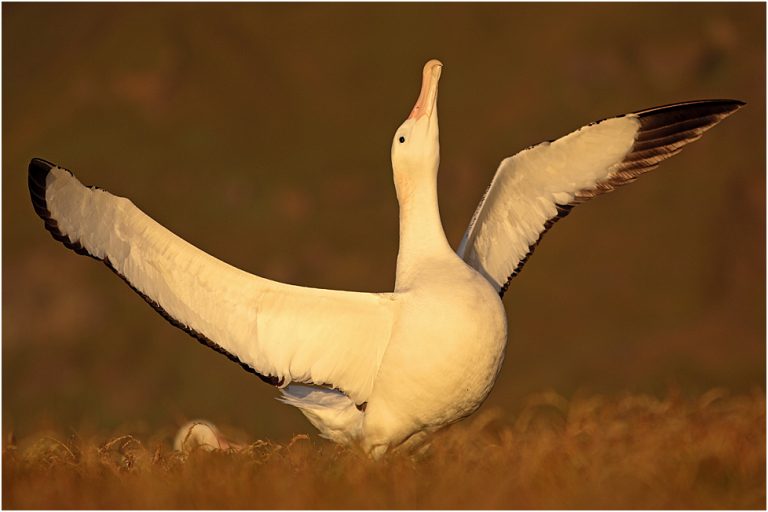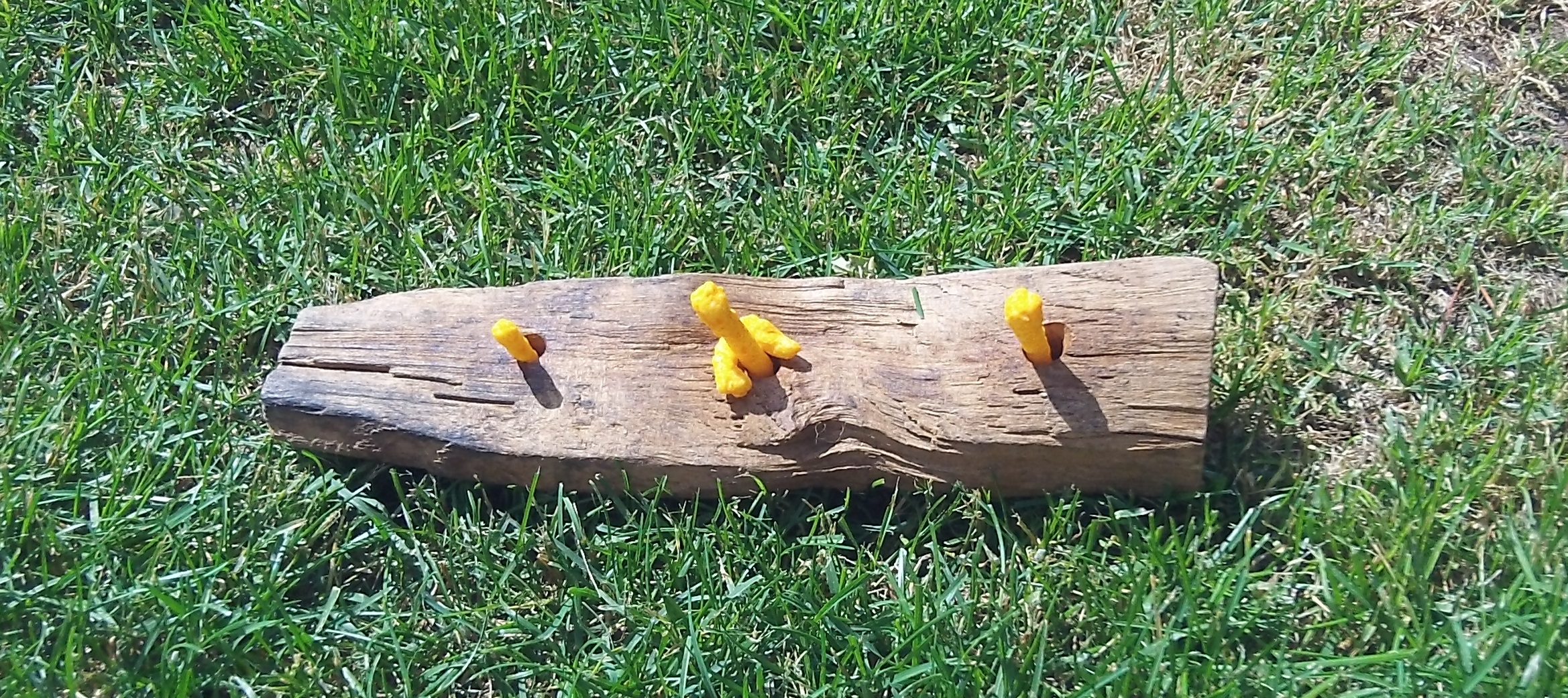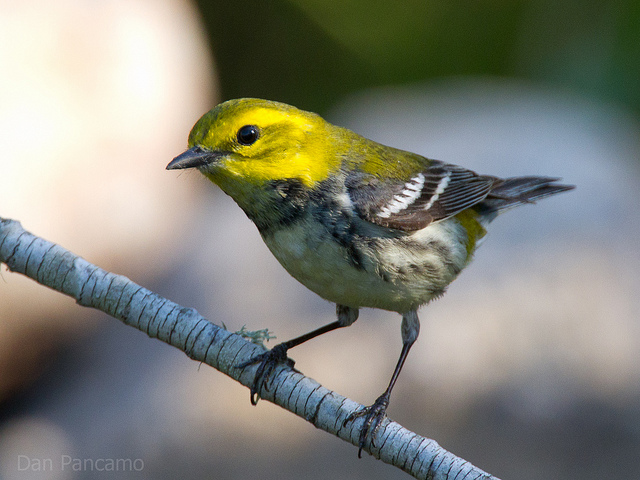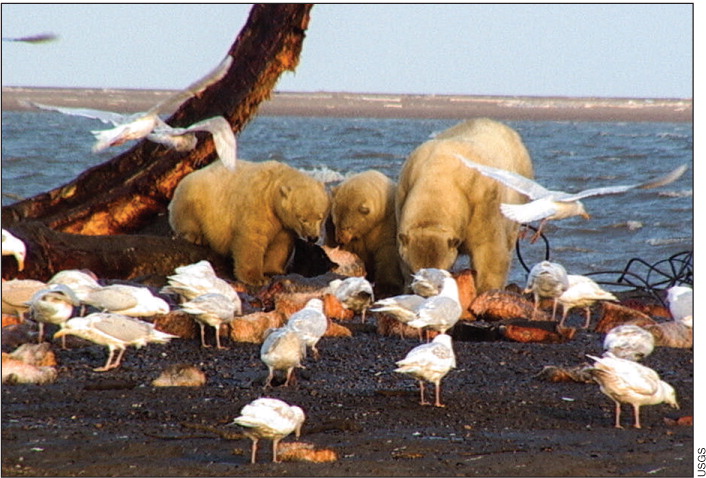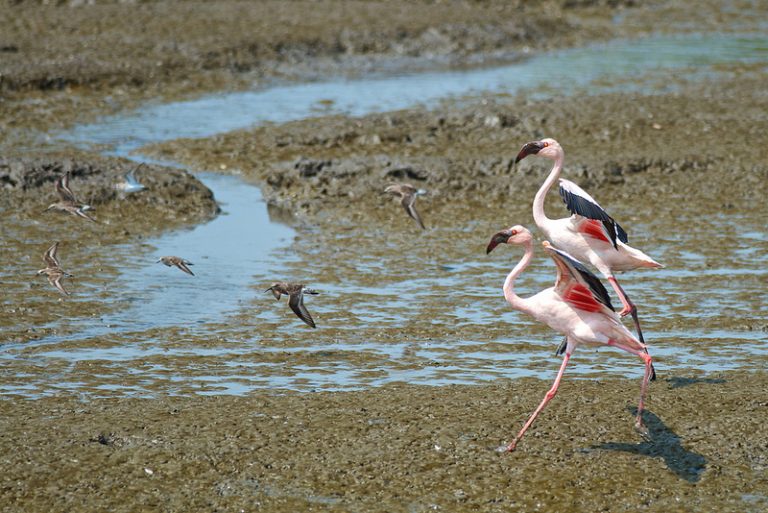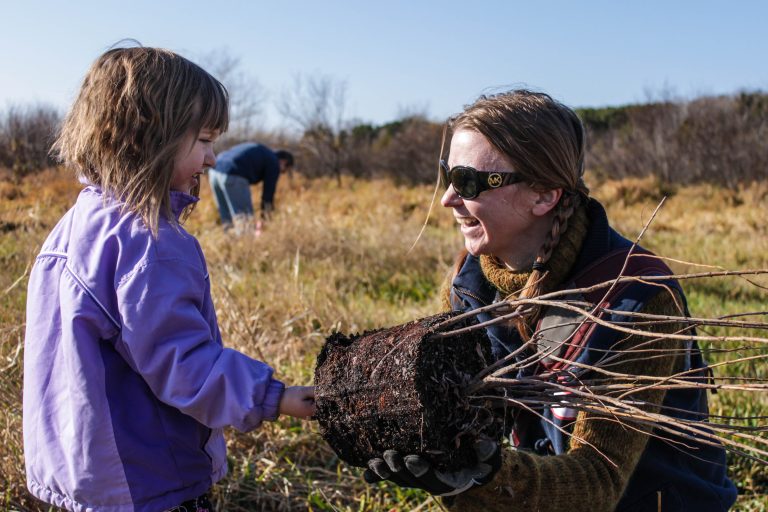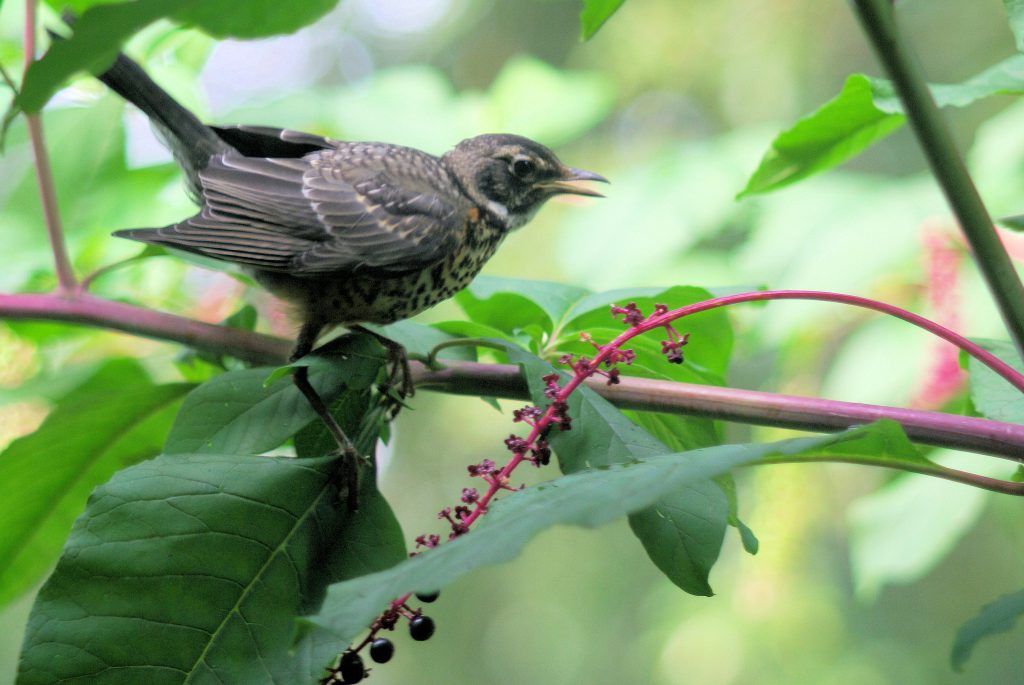
Backyards prove surprising havens for native birds #ESA100
Tucked away from judging eyes, backyards are unexpected treasure troves of resources for urban birds. ESA Centennial Annual Meeting, August 9-14, 2015 in Baltimore, Md. Ecological Science at the Frontier Program Press Releases Media Registration Many of us lavish attention on our front yards, spending precious weekend hours planting, mowing, and manicuring the plants around our homes to look nice…
